Finding the right clothes can transform not just one’s appearance but also confidence levels. Many struggle with choosing outfits that truly flatter their body type. Understanding which styles enhance their best features allows individuals to dress in a way that feels both comfortable and stylish.
The key to selecting flattering clothing lies in recognizing one’s body shape and knowing how to emphasize specific attributes. By focusing on fitted tops, structured blazers, and body-skimming dresses while avoiding oversized silhouettes, individuals can create a balanced look that complements their unique dimensions.
This guide aims to break down simple yet effective tips on dressing for body types. Armed with stylist advice, readers will discover practical strategies to enhance their wardrobe and embrace their personal style.
Understanding Your Body Shape
Recognizing your body shape is essential for selecting flattering clothing. Knowing the distinctions between body shape and size will guide choices that enhance one’s appearance and confidence.
Identify Your Body Shape

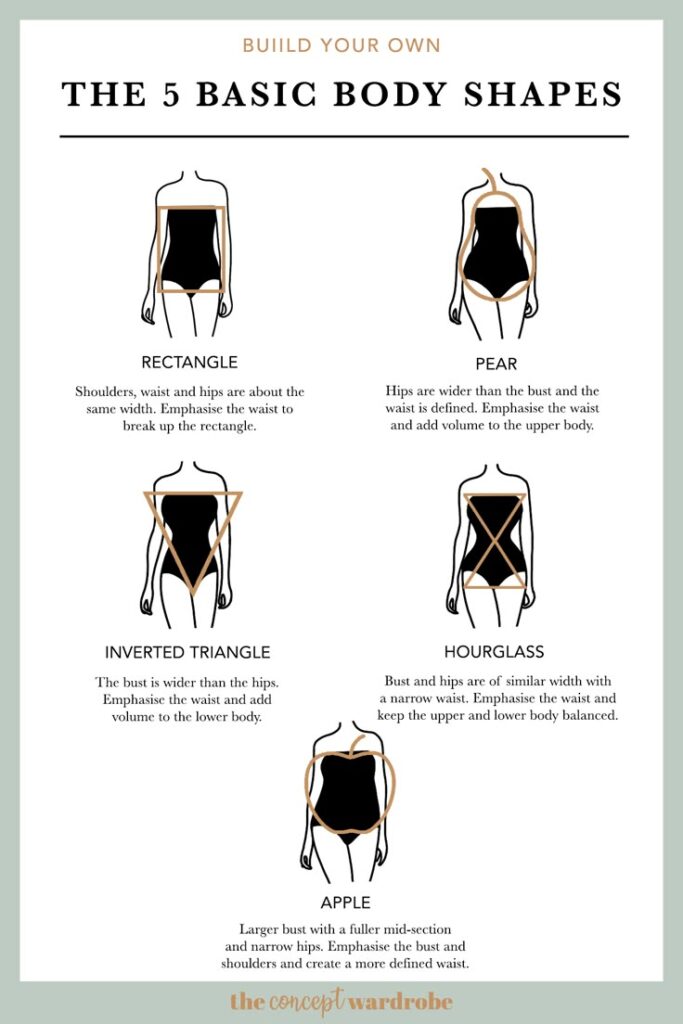
Identifying body shape involves assessing distinct features. Common shapes include:
- Apple: Fuller bust and midsection with slimmer legs.
- Pear: Narrow shoulders and a smaller bust with wider hips and thighs.
- Hourglass: Balanced bust and hips with a defined waist.
- Rectangle: Similar bust, waist, and hip measurements without defined curves.
To determine personal dimensions, take measurements of the bust, waist, and hips. Comparing these will help classify one’s shape. Individual features may vary, but understanding the primary silhouette can inform better clothing choices.
Body Shape Versus Body Size
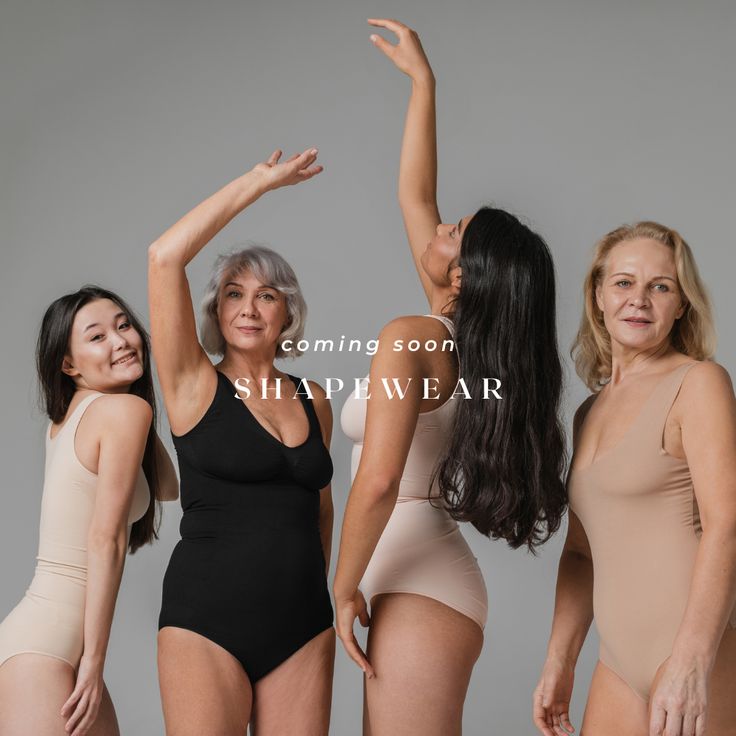

Body shape and body size are not the same. Shape focuses on the silhouette’s outline, while size pertains to measurements and proportions.
A well-fitted size can complement any shape. For instance, a size 8 may have an hourglass figure, while a size 12 could be a pear shape.
It’s important to choose clothes that enhance the figure regardless of size. Tailoring items to fit the individual’s shape creates a flattering silhouette. The goal is to celebrate one’s unique features, focusing on proportion and balance.
Choosing Clothes That Flatter
Selecting garments that enhance one’s natural shape can significantly boost confidence and style. Focusing on fit, color, and fabric will enable anyone to make choices that are both flattering and comfortable.
Best Fit for Each Body Type

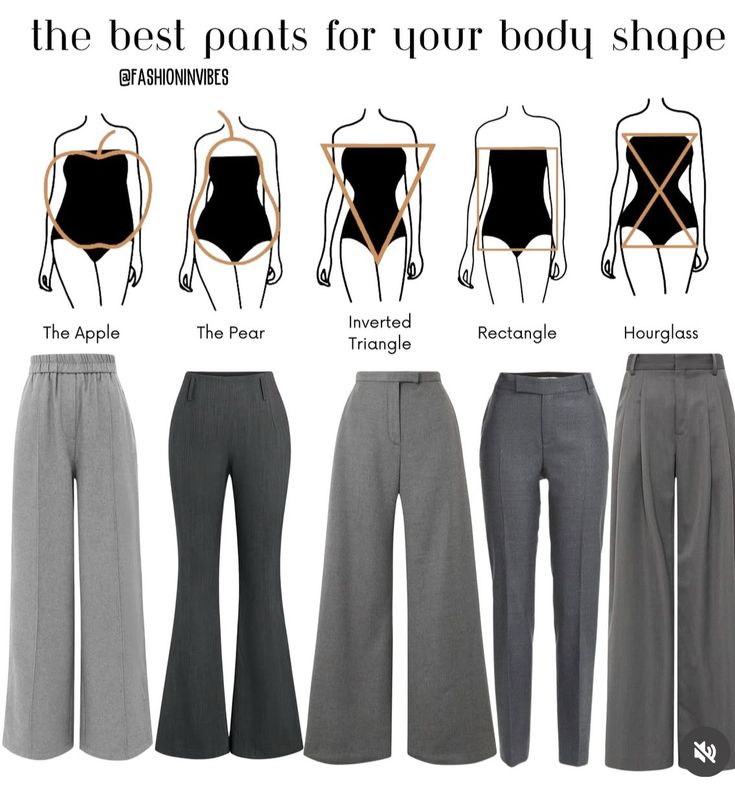
Understanding body types is essential when choosing clothing. Here are some common body shapes and their ideal fits:
- Pear Shape: A-line skirts and wide-leg pants balance wider hips. Tops with embellishments help draw attention upwards.
- Apple Shape: Flowing tops with V-necks create a slimming effect. Structured blazers can add polish and shape.
- Hourglass Shape: Fitted dresses and high-waisted bottoms accentuate curves. Wrap dresses highlight the waist beautifully.
- Rectangle Shape: Ruffled tops and belted styles can create curves where needed. Layered outfits add dimension.
Choosing the right fit can make a substantial difference in how flattering an outfit appears.
The Role of Color and Pattern


Color and pattern can significantly influence the perception of body shape. Here are key points to consider:
- Dark Colors: These tend to have a slimming effect and can be used strategically on areas individuals wish to downplay.
- Bright Colors: Wearing a bright hue can draw attention to desired areas, like the upper body, when paired with darker bottoms.
- Patterns: Vertical stripes elongate while horizontal patterns can add bulk. Understanding where to place patterns can enhance or minimize features.
Utilizing color and pattern effectively allows for personalized styling that suits individual preferences.
Fabric Choices and Textures

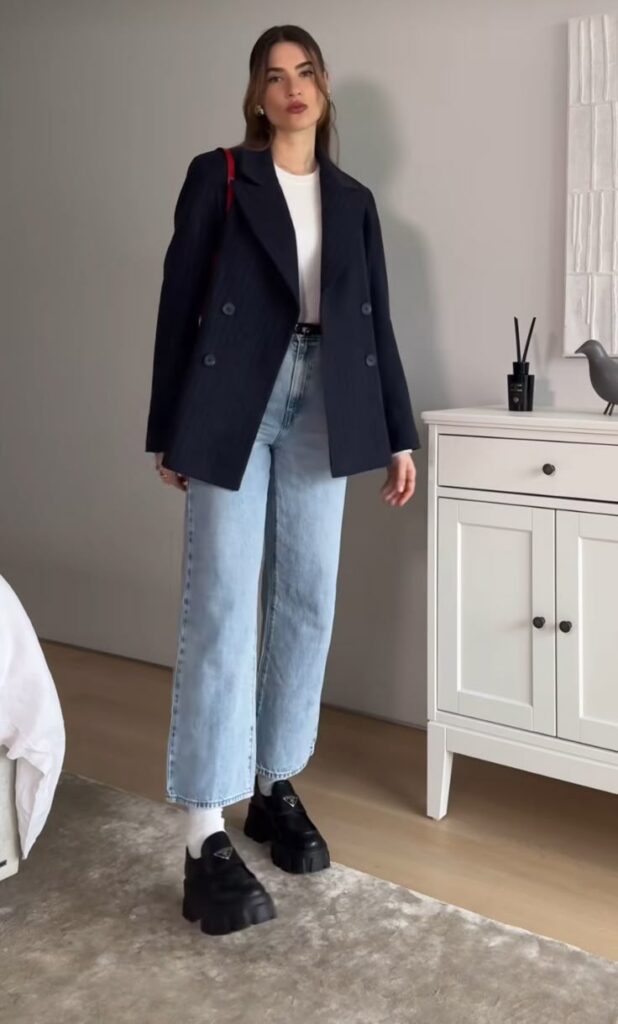
The choice of fabric and texture influences both the look and feel of clothing. Key considerations include:
- Lightweight Fabrics: Cotton, linen, and soft knits drape well and provide comfort without adding bulk.
- Structured Fabrics: Denim, wool, and some synthetics can create shape and support, perfect for tailored pieces.
- Textures: Mixing textures, like pairing a chunky knit with a sleek silk, can add visual interest. This combination can also create balance in an outfit.
Thoughtful fabric choices contribute to both aesthetics and comfort.
Accessorizing Your Outfit
Accessories can elevate an outfit, adding personality and style. Choosing the right pieces can complement a person’s body type, enhancing their overall look. Here are some tips on selecting accessories and using them effectively.
Selecting the Right Accessories
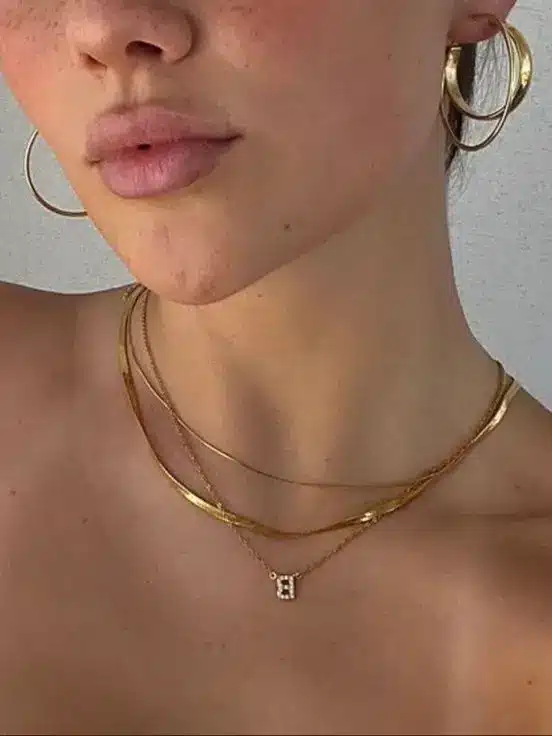

When selecting accessories, consider the outfit’s style and the occasion. Jewelry, bags, belts, and hats can significantly impact the overall look. For a polished appearance, choose pieces that complement the outfit’s colors and textures.
- Jewelry: Simple earrings, a statement necklace, or stacked bracelets can make a difference. Choose metals and gems that flatter skin tones.
- Bags: Opt for shapes that balance proportions. A structured bag can add sophistication, while a slouchy style brings a casual vibe.
- Belts: A well-placed belt can define the waist and create shape. Consider width and texture for added interest.
Using Accessories to Enhance Your Body Type

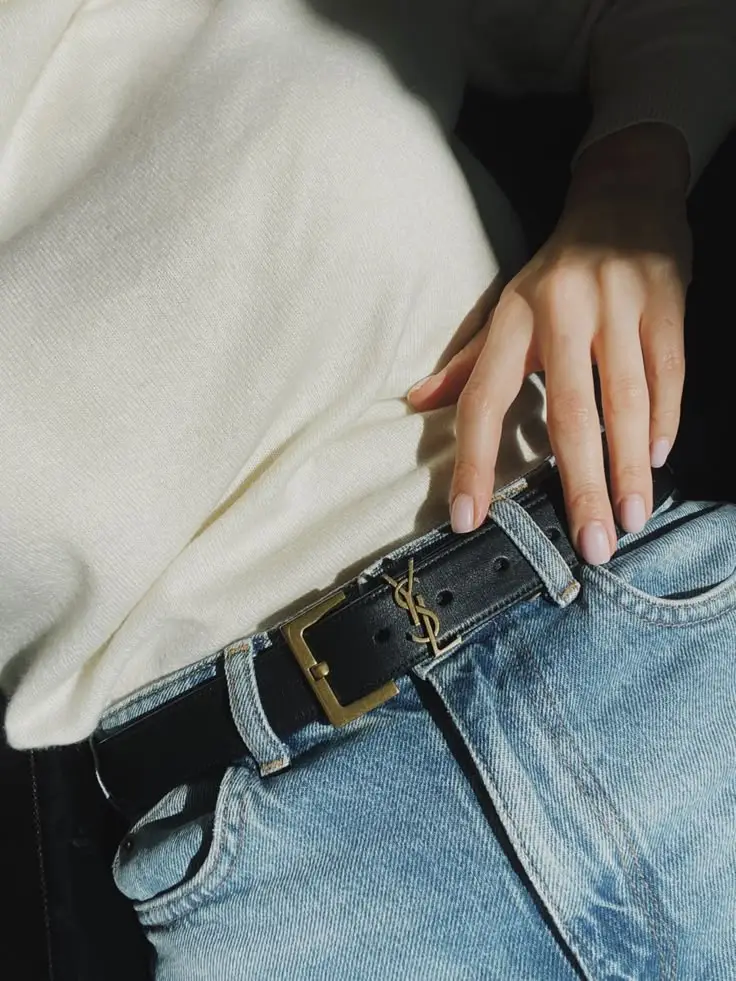
Accessories can help highlight the best features of one’s body type. Here are strategies to consider:
- For Pear Shapes: A statement necklace draws attention upward, while a wide belt can define the waist.
- For Apple Shapes: Long, hanging earrings and layered necklaces can create a vertical line, elongating the torso.
- For Hourglass Shapes: Belts at the waist accentuate curves, while bold earrings keep the focus on the face.
Using these tips, one can choose accessories that enhance their unique body type while adding flair to their outfits.
Building a Versatile Wardrobe
A versatile wardrobe adapts to different body types and personal styles. It’s essential to include key pieces that can easily mix and match to create a variety of outfits for various occasions.
Essential Pieces for Every Body Type
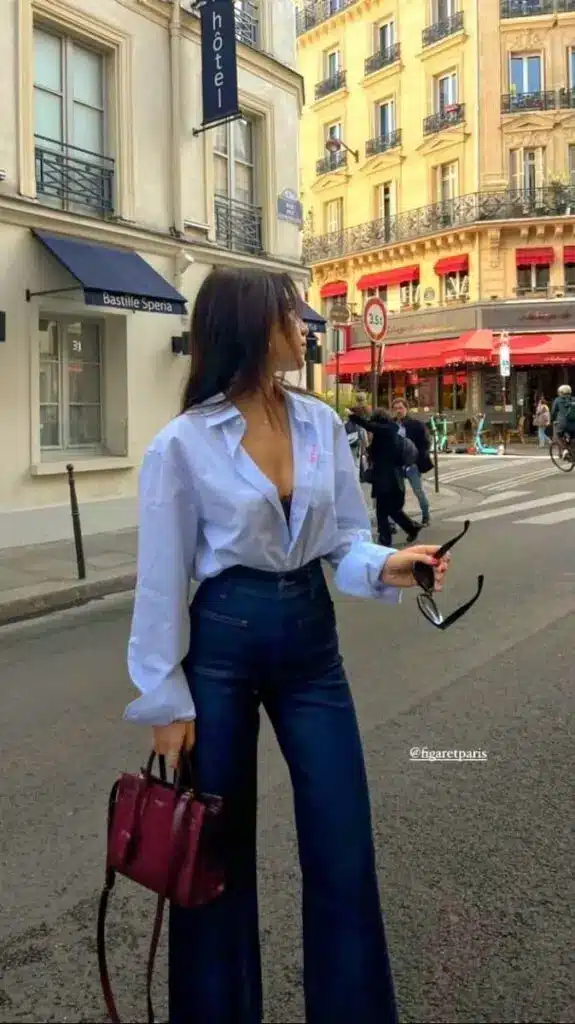
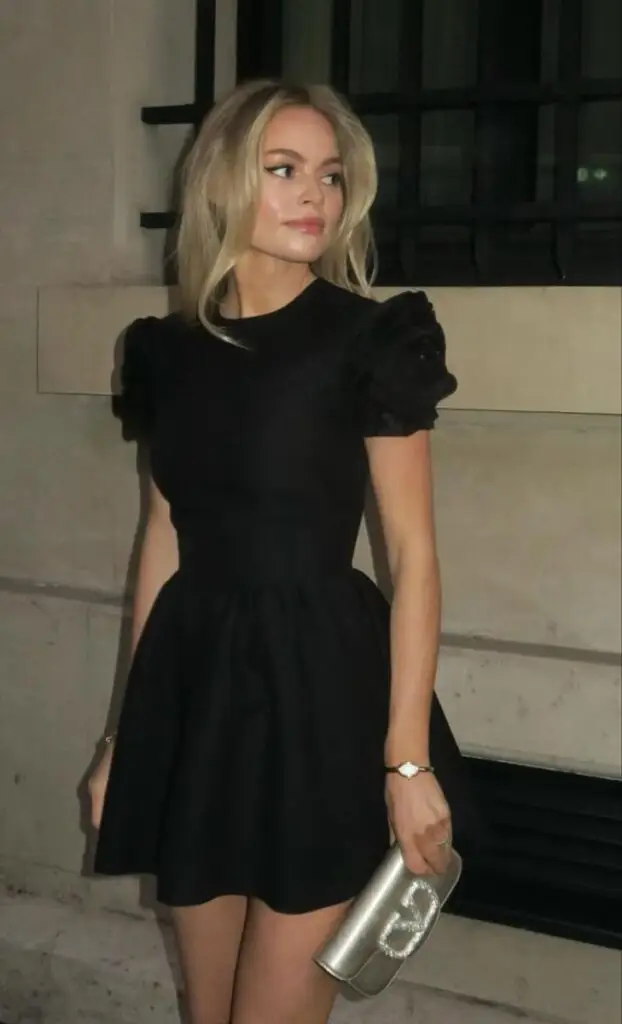
Every wardrobe should include staples that flatter different body shapes. Here are some key pieces:
- Tailored Blazer: Helps define the waist and creates a polished look.
- Classic White Shirt: A timeless piece that suits all body types and can be dressed up or down.
- Dark Jeans: Flattering for most shapes; they can be paired with almost anything.
- Little Black Dress: Versatile and easy to accessorize, making it suitable for both casual and formal events.
- Well-Fitted Trousers: Choose styles that accommodate body shapes, like wide-leg for curvier figures or straight-cut for athletic builds.
These essentials form the foundation for any versatile wardrobe.
Mixing and Matching Your Wardrobe
To maximize versatility, focus on combinable pieces. Start with a cohesive color palette. Here are tips for mixing and matching:
- Choose a Base Color: Neutral tones like black, white, or navy can work with most items.
- Incorporate Textures: Play with fabrics, such as pairing a cotton top with leather trousers to add interest.
- Layering: Use lightweight cardigans or jackets to create looks for different temperatures and occasions.
- Accessories: Scarves, belts, and jewelry can change the vibe of an outfit without needing new clothing.
By selecting adaptable pieces, it becomes easier to create numerous outfits suitable for various situations.
- 2.1Kshares
- Facebook0
- Pinterest2.1K
- Twitter1


